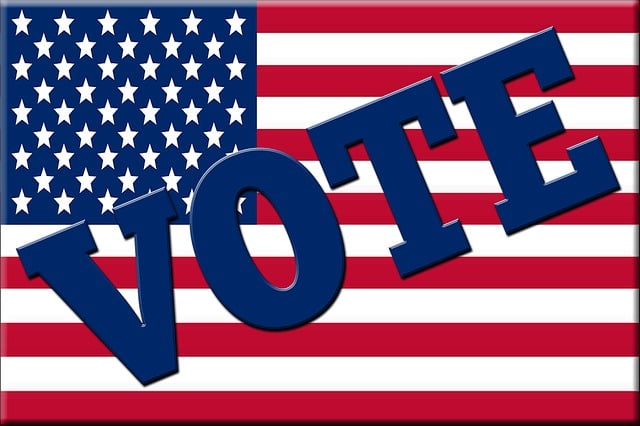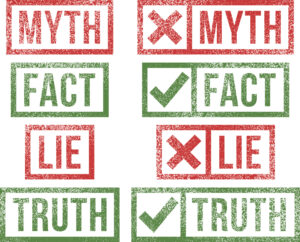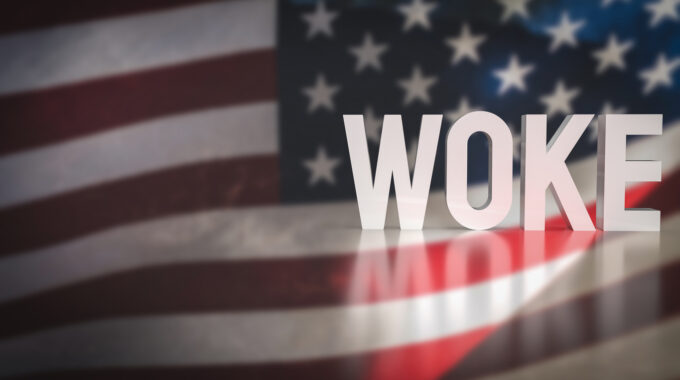Myth: Trickle Down Economics Works Since the days of Ronald Reagan, many have promoted the…

Double Down on DEI
Caught in Political Crossfire
The increasingly common conflation between Critical Race Theory (CRT) and Diversity, Equity and Inclusion (DEI) is not an accident.
High-profile critics of CRT, Ted Cruz, Ron DeSantis and Chris Rufo, among others, have intentionally crafted a caricature of CRT, a cherry-picked collection of race-adjacent concepts—DEI included—which bears no resemblance to actual CRT, an academic and legal framework detailing systems of racism in society.
Much of the political focus has surrounded CRT and DEI in education, however, the false equivalency popularized in media has trickled down into popular culture causing terms like CRT, woke and DEI to vaguely mean the same thing to some, who may only understand these terms from the angry memes they see on social media.
We are approaching an election year in the US
In recent months, republican presidential candidate Ron DeSantis has continued to rally against his definition of CRT including state programs and policies specific to DEI, as part of his platform championing himself as a protector of American values.
Desantis supporter Chris Rufo of the Manhattan Institute is among a handful of activists leading the charge against DEI in Florida. Rufo understands the power of the classic bait and switch once explaining “The goal is to have the public read something crazy in the newspaper and immediately think ‘critical race theory’… We have decodified the term and will recodify it to annex the entire range of cultural constructions that are unpopular with Americans.”
The meanings of both CRT and now DEI (Rufo’s Manhattan Institute produced model language for bills allowing state legislatures to formally eliminate DEI) are being strategically changed to encompass a range of unpopular things. The strategic advantages gained on the political front should not be the basis for influencing organizational policy where DEI is concerned.
Do you know what the difference is between CRT and DEI?
We have covered this before, in our post CRT and DEI are Not the Same, but some things are worth repeating. So let’s talk about it a little bit more, and let’s talk about why it is so important for your business to continue forward with making workplaces more inclusive, ignoring the “culture war” of division.
What is Critical Race Theory?
According to the American Bar Association’s Lesson on Critical Race Theory:
“CRT is not a diversity and inclusion “training” but a practice of interrogating the role of race and racism in society that emerged in the legal academy and spread to other fields of scholarship.”
What is Diversity, Equity and Inclusion?
According to McKinsey:
“Diversity, Equity and inclusion are closely linked values organizations adopt in order to be more supportive of employees, customers, and partners who may include people of different races, ethnicities, religions, abilities, genders, and sexual orientations.”
A good DEI program will focus on actionable and measurable change and practical solutions to companywide (not societal) problems as identified through cultural assessments.
Diversity, Equity and Inclusion are not a Political Agenda

DEI can not be lumped in with CRT, and you shouldn’t be making business decisions on media buzzwords. DEI is not meant to be a political agenda.
Diversity, Equity and Inclusion are values your business and leaders hold. There is not one discrete DEI policy or training, but a collection of best practice initiatives that differ greatly from one setting to another.
Research makes it clear, holding these values are good for business. These values demonstrate you value your employees, their diverse experiences and the varied perspectives they bring to the workplace. Reduced turnover, higher employee satisfaction, and fewer complaints means more productivity.
In fact, we have long known the benefits of DEI far outweigh the risks, accounting for increased likelihood of exceeding financial targets, high performance, innovation, agility and overall better business outcomes.
Strong businesses will continue to measure their progress, individually and as organizations, and they will continue to work with DEI professionals to facilitate the training teams need to work better together.
Now is not the time to cut DEI, now is the time to continue to demonstrate your business values, show you are actually dedicated to inclusion and double down on DEI as Fast Company tells us:
“[T]he evidence has been overwhelming for years that diversity and inclusion benefit businesses. The more people of different backgrounds and perspectives are empowered to share their ideas, the more innovative and creative organizations become.”
Sources:
American Bar Association, “A Lesson on Critical Race Theory,” Janel George, 2021
Cengage, “Why DEI and CRT Should Not Be Confused,” Dr Cherly Furdge, April 2023
Forbes, “Your Company’s DEI Training Isn’t Critical Race Theory, No Need To Ban It,” Shaun Harper, 2022
Education Week, “What is Critical Race Theory and Why Is It Under Attack?” Stephen Sawchuk, 2021
Salon, “The Debate Around DEI Has Got it All Wrong,” Maureen Dunne, May 2023
Washington Post, “Diversity Equity and Inclusion is the New CRT,” Philip Bump, February 2023.



